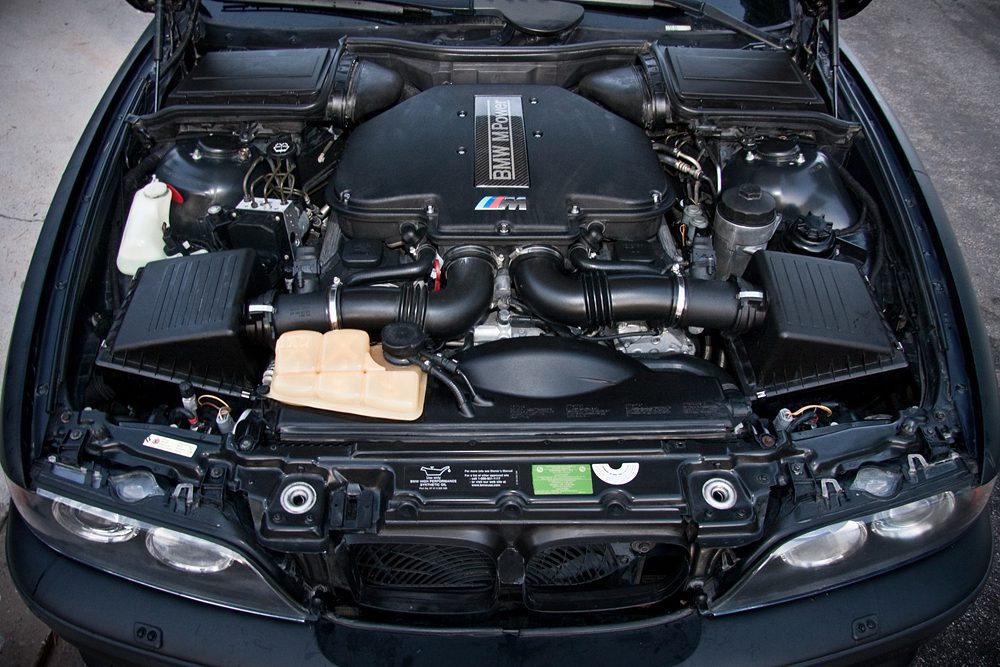Opel Corsa Engine: Every Little Thing You Required to Know Before Buying
Opel Corsa Engine: Every Little Thing You Required to Know Before Buying
Blog Article
Exploring the Inner Workings of a Compact Car's Engine System
As chauffeurs, we often take for provided the complex procedures that happen within the boundaries of our car's engine system. In this expedition of a compact automobile's engine system, we will certainly untangle the internal operations of this mechanical symphony, dropping light on the enigmas that drive us forward on our day-to-day trips.
Combustion Refine Overview
The combustion procedure in a portable vehicle's engine system is a critical device that effectively transforms gas into power to power the lorry. This process happens within the burning chamber of the engine, where gas and air mix, ignite, and create regulated surges. The burning process contains 4 major stages: intake, exhaust, compression, and power.
During the consumption stage, the piston relocates downward, drawing in a combination of air and fuel right into the combustion chamber. The following stage, compression, entails the piston moving upwards, compressing the air-fuel mixture to boost its strength. Ultimately, in the power stage, the trigger plug fires up the pressed mix, causing a fast development of gases that forces the piston pull back. This downward movement produces the power required to drive the automobile. Finally, in the exhaust phase, the burned gases are removed from the burning chamber through the exhaust shutoff, preparing the chamber for the following cycle. This cyclic burning process is essential to the operation of a small automobile's engine system, guaranteeing reliable energy conversion for propulsion.
Piston and Cylinder Interaction

The piston's precise fit within the cylinder is important for maintaining optimal compression and avoiding energy loss during combustion. Tight clearances between the piston and cylinder walls guarantee efficient sealing, allowing the piston to move smoothly without allowing gases to leak past. Proper lubrication is also important to decrease friction and wear between these components, enhancing longevity and performance.
Furthermore, the design and products utilized in producing the piston and cylinder effect engine efficiency and toughness. Modern engines commonly utilize lightweight yet resilient materials like light weight aluminum alloys for pistons and cylinder liners to reduce inertia and boost thermal effectiveness. Generally, the harmonious communication in between the piston and cylinder is basic to the engine's performance and general performance.
Gas Shot System Functionality
Gas injection systems in compact automobile engines play an important function in precisely delivering gas to the combustion chamber for regulated and effective ignition. The fuel injection system operates by infusing fuel right into the combustion chamber at the optimum moment throughout the engine's operation (opel corsa engine). This precise timing makes certain that the fuel blends uniformly with the air for proper combustion, leading to enhanced gas effectiveness and reduced discharges
There are mainly 2 kinds of gas injection systems utilized in portable car engines: port gas injection (PFI) and straight gas injection (DFI) PFI systems infuse gas into the consumption port before the intake shutoff, while DFI systems inject fuel straight into the burning chamber. Both systems have their benefits, with DFI providing far better fuel atomization and PFI giving a more affordable remedy.
Comprehending Engine Air Conditioning Mechanisms
Effective procedure of a portable lorry's engine relies greatly on the efficiency of its cooling devices. Engine cooling is necessary to stop overheating, which can cause severe damage and reduced efficiency. The air conditioning system in a portable car typically contains a number of elements collaborating to control the engine temperature level. One crucial component is the radiator, which makes use of coolant to absorb heat from the engine. As the hot coolant flows through the radiator, it launches warmth right into the air, cooling prior to going back to the engine. The water pump flows the coolant via the engine and radiator, ensuring a consistent flow to manage temperature level. Additionally, the thermostat helps regulate the coolant circulation to keep optimum useful reference engine temperature level. Some automobiles also have cooling followers that turn on when added air conditioning is required, such as during heavy traffic or hot weather condition. Recognizing these engine air conditioning systems is crucial for preserving the performance and longevity of a portable lorry's engine system.

Exhaust System Components Explained
The optimal functioning of a small car's engine cooling devices depends upon a complementary system referred official website to as the exhaust system, which consists of different important components for making sure efficient exhausts and engine efficiency. The exhaust system includes parts such as the exhaust manifold, catalytic converter, muffler, and tailpipe. The exhaust manifold gathers exhaust gases from the engine's routes and cyndrical tubes them to the catalytic converter. The catalytic converter after that converts harmful toxins in the exhaust into much less hazardous exhausts before launching them with the muffler and tailpipe.
One important element of the exhaust system is the oxygen sensor, which monitors the oxygen degrees in the exhaust gases to help manage fuel intake and make sure ideal engine performance. opel corsa engine. Furthermore, the resonator may be existing in some exhaust systems to decrease noise levels. Generally, the exhaust system plays a vital function in keeping engine efficiency, decreasing unsafe emissions, and guaranteeing a redirected here quieter driving experience for portable vehicle proprietors

Conclusion
Finally, the small vehicle's engine system is a complicated mix of components that work together to promote the burning process, convert fuel into power, and get rid of waste gases. Comprehending the internal workings of the engine system, including the piston and cyndrical tube interaction, fuel shot system, engine air conditioning systems, and exhaust system elements, is essential for preserving ideal performance and effectiveness of the automobile.
The burning procedure in a portable vehicle's engine system is a vital system that effectively transforms gas right into energy to power the vehicle.Fuel injection systems in portable lorry engines play a critical function in exactly providing fuel to the combustion chamber for controlled and effective ignition.There are mostly two kinds of fuel shot systems made use of in portable car engines: port fuel injection (PFI) and direct fuel shot (DFI) Recognizing these engine cooling devices is vital for maintaining the performance and long life of a compact automobile's engine system.
The optimum functioning of a compact vehicle's engine air conditioning devices depends on a corresponding system understood as the exhaust system, which comprises numerous vital elements for guaranteeing efficient emissions and engine efficiency.
Report this page